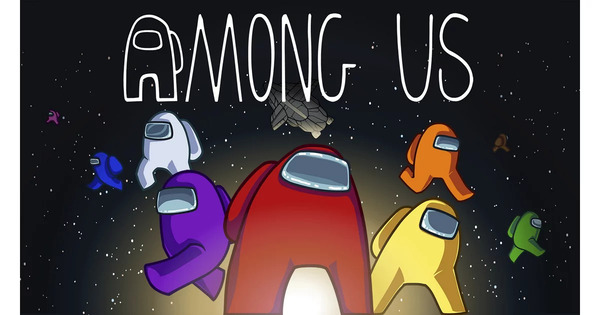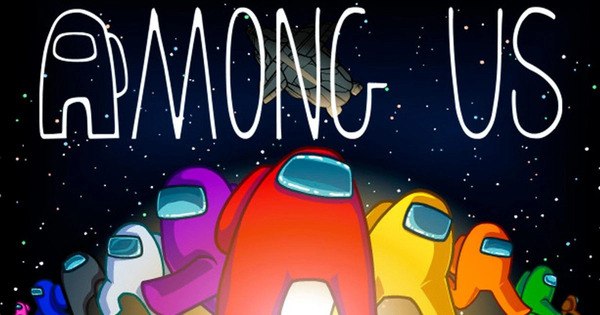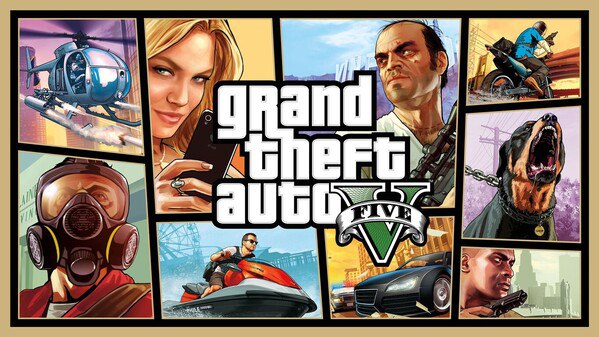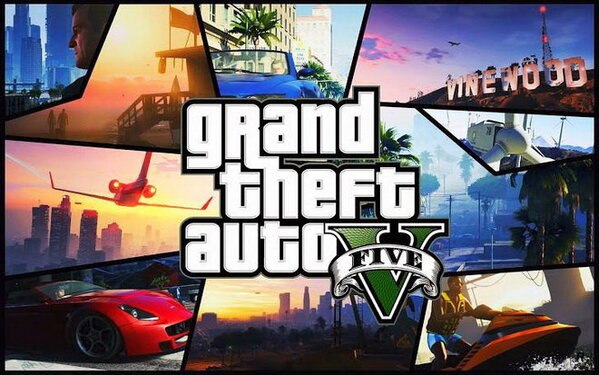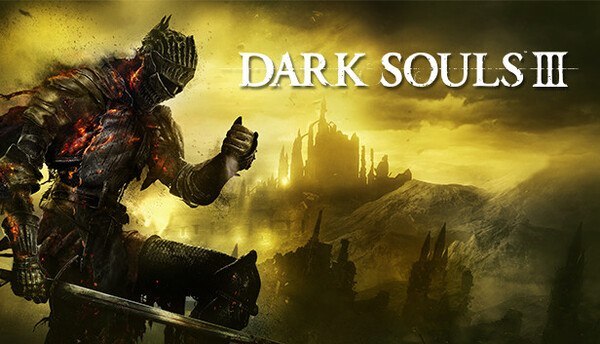Few franchises have shaped modern gaming quite like Call of Duty. Since its 2003 debut, the series has evolved from a grounded World War II shooter into a multi-billion dollar entertainment powerhouse spanning historical, modern, futuristic, and even battle royale warfare. With over 20 main entries and countless spin-offs, Call of Duty (COD) has become synonymous with action-packed gameplay, cinematic storytelling, and competitive multiplayer.
1. The Beginning: Call of Duty (2003)
The franchise began humbly with Call of Duty, released by Infinity Ward and published by Activision.
Redefining World War II Shooters
Unlike contemporaries like Medal of Honor, COD offered cinematic set pieces, squad-based combat, and immersive historical missions from the perspectives of American, British, and Soviet soldiers. It emphasized team dynamics rather than lone-wolf heroics.
A Groundbreaking Start
Its AI-driven allies, dynamic battlefields, and powerful sound design made players feel like they were in the middle of a war movie.
Pros: Realistic WWII combat, varied campaign perspectives
Cons: Linear missions, limited multiplayer scope
Rating: 4.2/5
2. Expanding Horizons: Call of Duty 2 & 3 (2005–2006)
The sequels doubled down on WWII themes while introducing technical improvements and console support.
Bigger Battles, Better Graphics
Call of Duty 2 added regenerating health and a refined HUD, while Call of Duty 3 brought vehicular combat and was the first to appear on consoles like the Xbox 360 and PS3.
Sharpening Multiplayer
These titles began laying the groundwork for the franchise’s future multiplayer identity, though still secondary to the campaign.
Pros: Graphical leap, improved realism, multiplayer refinements
Cons: Still bound to WWII, repetitive mission objectives
Rating: 4.3/5
3. A Modern Breakthrough: Call of Duty 4 – Modern Warfare (2007)
This was the turning point—when COD exploded into the mainstream.
War in the 21st Century
Modern Warfare broke from historical settings, focusing on fictional modern conflicts with real-world parallels. Players controlled elite operatives in a gripping campaign that spanned the globe.
The Birth of Modern Multiplayer
With its perks, customizable loadouts, prestige leveling, and killstreaks, Modern Warfare revolutionized online shooters.
Pros: Iconic campaign, addictive multiplayer, game-changing systems
Cons: Short story mode, occasional balance issues
Rating: 5/5
4. Building a Legacy: World at War & Modern Warfare 2 (2008–2009)
These two back-to-back releases cemented COD's dominance.
Returning to WWII and Raising the Stakes
World at War brought brutal Pacific theater combat and introduced the now-iconic Zombies mode. Meanwhile, Modern Warfare 2 delivered high-stakes terrorism plots and multiplayer chaos.
Defining the COD Experience
Both games pushed boundaries, from “No Russian” controversy to expanded cooperative play and bigger multiplayer maps.
Pros: Intense campaigns, Zombies mode, balanced multiplayer
Cons: Violent themes not for everyone, reliance on shock value
Rating: 4.7/5
5. Cold War Thrills: Black Ops Series Begins (2010)
Treyarch introduced Call of Duty: Black Ops, kicking off a beloved sub-franchise.
Espionage and Psychological Twists
Set during the Cold War, Black Ops told a mind-bending story full of betrayal, brainwashing, and black ops missions. It became one of the highest-selling games of its era.
Multiplayer Refinement and Zombies Expansion
The multiplayer introduced new maps and features like wager matches. Zombies became a cultural phenomenon, with deeper lore and co-op appeal.
Pros: Deep campaign narrative, iconic characters, expanded Zombies
Cons: Confusing story for some, matchmaking issues
Rating: 4.8/5
6. Franchise Saturation and Experimentation (2011–2014)
This era saw annual releases and experimentation with futuristic elements.
From Modern Warfare 3 to Advanced Warfare
Modern Warfare 3 concluded the trilogy with bombastic action. Black Ops II ventured into the near future, introducing branching storylines. Ghosts and Advanced Warfare brought exosuits and more sci-fi tech.
Innovation vs. Fatigue
While some appreciated the bold ideas, others felt the yearly cycle caused fatigue and lost the series’ grounded roots.
Pros: Advanced movement, improved visuals, flexible campaign structure
Cons: Overly complex multiplayer, disjointed storytelling
Rating: 4.0/5
7. Futuristic Overload and Fan Pushback (2015–2016)
By this time, the futuristic theme had reached its peak—and many players had had enough.
Black Ops III and Infinite Warfare
Both games pushed the timeline further into space, introducing jetpacks, wall-running, and cybernetics. While technically solid, many fans longed for a return to realism.
Backlash and Sales Decline
Infinite Warfare received record dislikes on its YouTube trailer. Players missed the "boots on the ground" feel of earlier games.
Pros: Ambitious ideas, great visuals, strong Zombies content
Cons: Overuse of sci-fi tropes, franchise fatigue
Rating: 3.5/5
8. A Grounded Return: WWII & Modern Warfare Reboot (2017–2019)
Activision listened—and pivoted the franchise back to its roots.
Historical Roots Revisited
Call of Duty: WWII brought back classic firearms and gritty trench warfare. Though not universally praised, it felt refreshing to many.
Modern Warfare (2019): The Reimagining
This soft reboot of Modern Warfare was gritty, cinematic, and controversial—with missions reflecting real-world atrocities. The multiplayer was also a huge leap forward, offering cross-platform play and a new engine.
Pros: Gritty realism, engine overhaul, cross-play multiplayer
Cons: Campaign subject matter controversial, large file sizes
Rating: 4.6/5
9. Warzone and the Rise of Free-to-Play (2020–2023)
Call of Duty: Warzone changed everything again—this time with a battle royale twist.
Warzone Dominates
Free-to-play and integrated with other COD titles, Warzone attracted over 100 million players. It featured fast-paced, high-skill gunplay with mechanics like the Gulag and loadout drops.
Integration Across Titles
Warzone synced content from Modern Warfare, Cold War, Vanguard, and Modern Warfare II, offering players a constantly evolving arsenal and maps.
Pros: Massive player base, dynamic gameplay, constant updates
Cons: Cheater problems, server issues, balance concerns
Rating: 4.5/5
10. The Present and Future: Modern Warfare III & Beyond (2023–2025)
The franchise is still going strong, with annual releases and high expectations.
A Connected Universe
With the Modern Warfare reboot trilogy, Warzone 2.0, and ongoing seasonal content, COD has evolved into a live-service ecosystem rather than just annual games.
What Lies Ahead
Rumors point to further engine upgrades, new competitive formats, and possibly a shift in development cycles to prevent burnout. Mobile adaptations and esports expansion are also in the spotlight.
Rating: 4.8/5
Conclusion: COD’s Lasting Impact on Gaming Culture
Call of Duty has become more than just a video game series—it’s a cultural staple. Whether it’s the realistic campaigns, the addictive multiplayer, or the viral Zombies modes, COD has stayed relevant by constantly adapting. Despite criticisms and periods of oversaturation, it remains one of the best-selling and most influential franchises in gaming history.
With each release, Activision redefines what the franchise can be—sometimes returning to its gritty roots, other times boldly exploring new directions. One thing is certain: whether on the battlefield or in the war room, Call of Duty continues to engage, entertain, and evolve.
Final Franchise Rating: 5/5 — A genre-defining icon with unrivaled global impact.


















